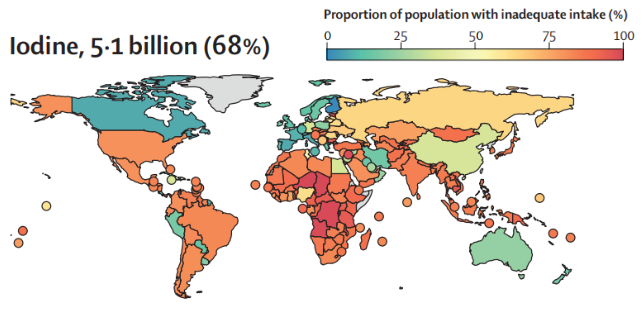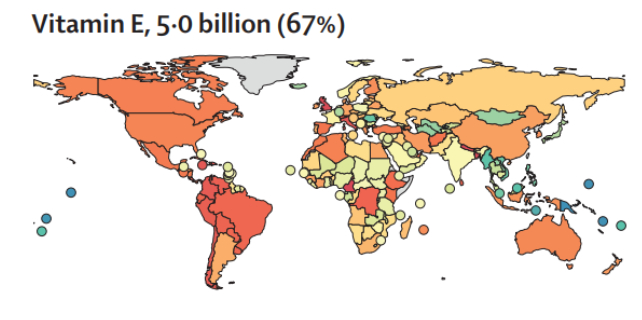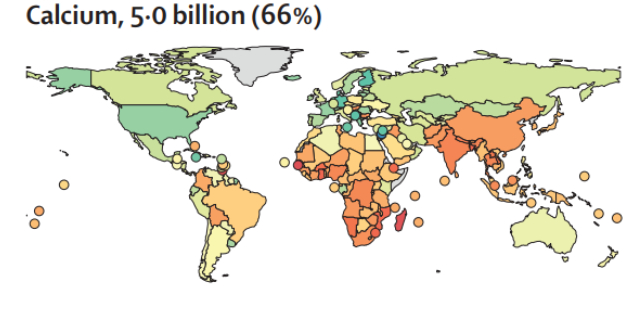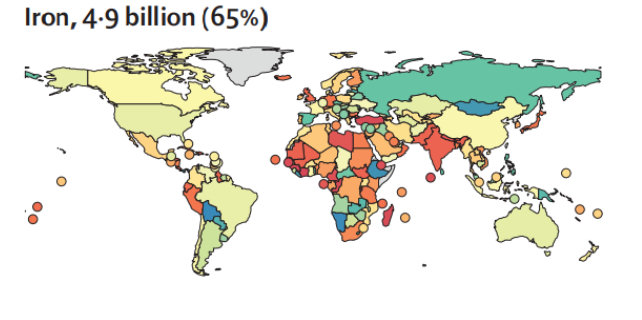It may be time to take another look at your diet: a new study suggests that two-thirds of the people on the planet are falling short when it comes to getting four key vitamins and minerals from their food and drink.
The researchers behind the study, from the Harvard TH Chan School of Public Health, the University of California, Santa Barbara (UCSB), and the Global Alliance for Improved Nutrition (GAIN), say it's a wake-up call for global health.
Using a combination of data collected from the Global Dietary Database and statistical models developed by the researchers, the team estimated micronutrient levels in diets for 99.3 percent of the world's population, across 185 countries.
"These results are alarming," says food scientist Ty Beal, from GAIN. "Most people – even more than previously thought, across all regions and countries of all incomes – are not consuming enough of multiple essential micronutrients."
"These gaps compromise health outcomes and limit human potential on a global scale."

Top of the list for inadequate intake was iodine. Crucial for producing the hormone thyroxine, which keeps cells ticking over, it's vital to heart health, body weight, brain development, and much more. Iodine is found in seafood and dairy products, and 68 percent of us aren't getting enough.

Then there's vitamin E: 67 percent of people fall short here. Found in foods such as nuts, seeds, and eggs, the vitamin helps with waste recycling in the body, and is also important for cell messaging and defending the body from infection.

Next we have calcium, which our bodies rely on for strong bones and teeth, as well as the proper functioning of our heart, muscles, and nerves. It's available in foods including milk, cheese, and green leafy vegetables, and 66 percent of us don't have enough in our diet.

In fourth place was iron, with 65 percent of diets deficient in it. Iron can be found in liver, red meat, and beans, and is critical for producing the hemoglobin we need to carry oxygen around our body. A lack of iron can lead to fatigue and headaches, as well as many other health issues.
While there are some limitations here – the study didn't factor in the use of supplements and fortified foods, for example, and involves some estimates – it's a comprehensive breakdown of potential dietary deficiencies across ages and sexes.
The team behind the research is hoping that the findings can help drive a better attitude towards balanced diets for populations, which in turn leads to fewer health issues caused by a lack of the most basic nutrients our bodies need to keep going.
"The public health challenge facing us is immense, but practitioners and policymakers have the opportunity to identify the most effective dietary interventions and target them to the populations most in need," says Christopher Golden, an epidemiologist and ecologist at Harvard University.
The research has been published in The Lancet Global Health.
